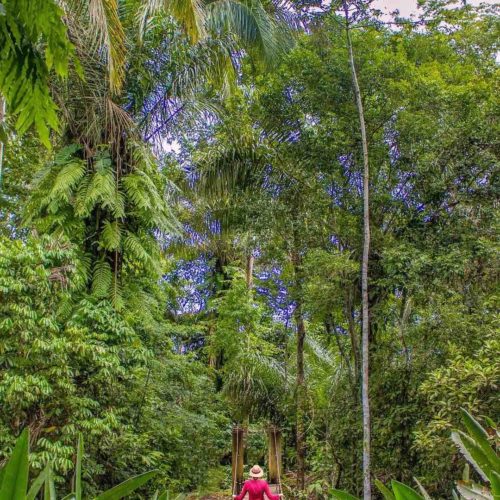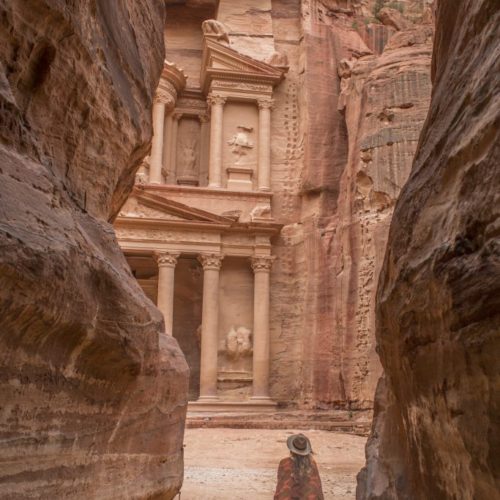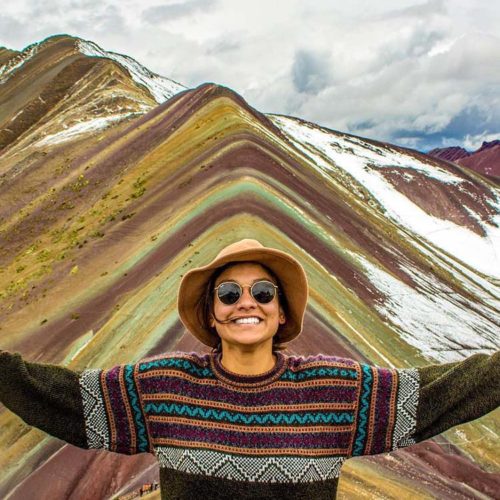It’s a destination on almost everyone’s bucket list. Machu Picchu is one of the most recognizable sites in the world and is an incredible testament to ancient Inca civilizations. So, before you hop on a plane to Peru here are 5 things you should know before visiting Machu Picchu.
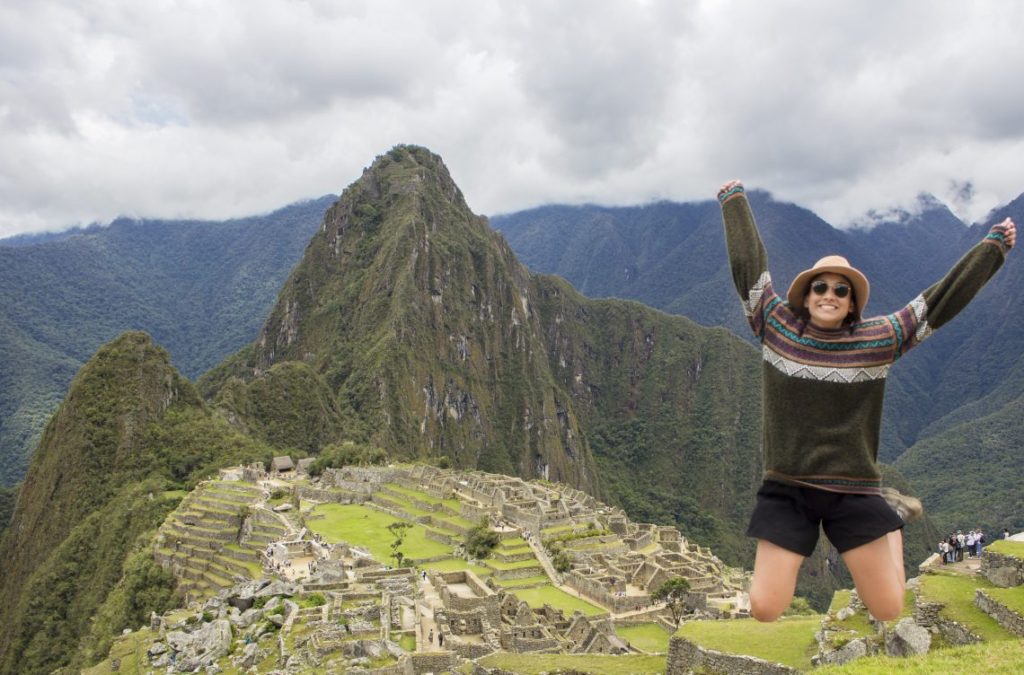
How to get to Machu Picchu
There are two ways to get to Machu Picchu by train or by hiking. Regardless of what route you take, you will probably fly or take a bus to Cusco to begin your journey. Cusco is a great place to base yourself because it is an attraction in and of itself, but more on that later.
- Related Article: How to add the incredible Rainbow Mountain to your Machu Picchu Itinerary
- Related Article: How to add the Amazon Rainforest to your Machu Picchu Itinerary
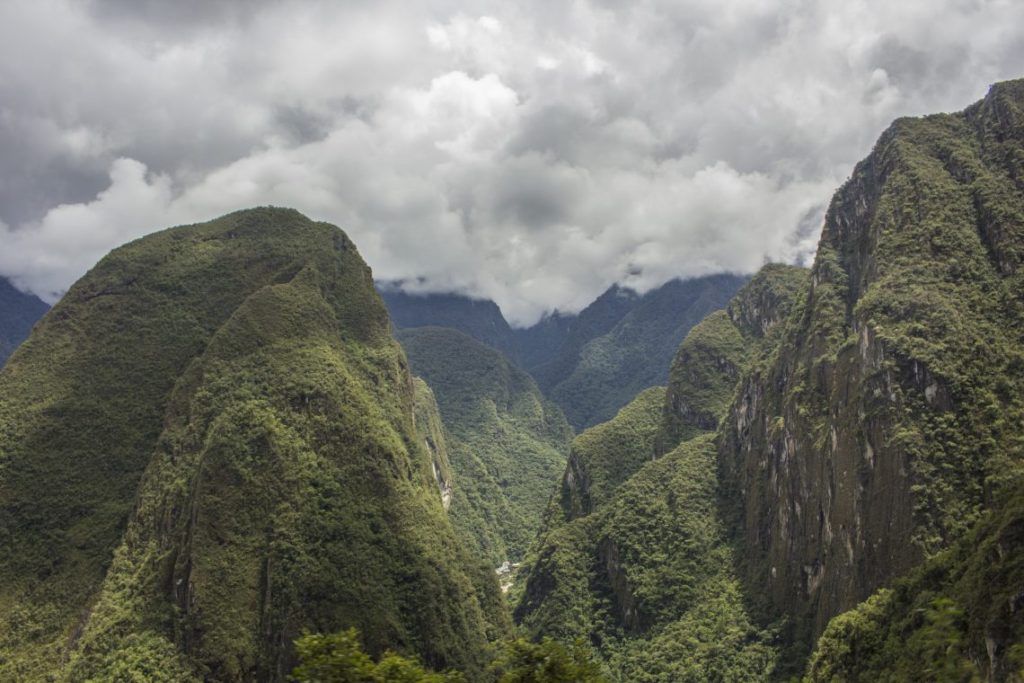
Visiting Machu Picchu by train
If you are short on time or feel like the trek may be a bit difficult for yourself or your travel companions, there are daily trains to Machu Picchu. You will need to take a bus or taxi to Ollantaytambo. This should take you 1.5 hours from Cusco. The bus departs every 15 minutes from the bus terminal on Grau Street and will cost you $1.25 USD. A private taxi will cost approximately $28 USD (I would advise booking through your hotel if you choose this option to avoid an unlicensed operator).
Once you reach Ollantaytambo you take the beautiful IncaRail train to Aguas Calientes. There are amazing views along the way and I found the train itself a really lovely experience. On arrival to Aguas Calientes we dropped our luggage at the hotel and went straight to the bus stop to visit Machu Picchu that afternoon. It takes half an hour to get from the town up to the site.
I bought my entrance tickets in advance online. Thrifty Nomads have a detailed blog post on how to purchase the cheapest tickets through the government website that I found very helpful!
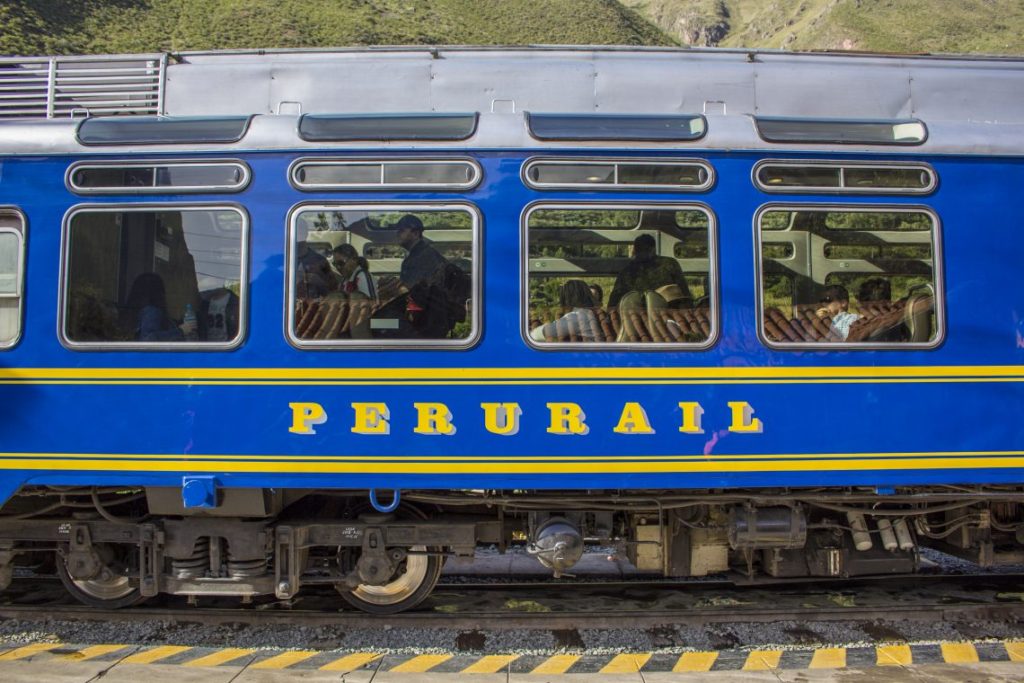
Hiking to Machu Picchu
Unfortunately during my visit to Peru I was short on time so was unable to complete the hike. My friends who did complete it though had an wonderful time. It is something I will definitely do in the future. When I do complete this hike, I plan on doing the Classic Inca Trail which is a 4 day and 3 night trek. It is the original pilgrimage to Machu Picchu and you finish the trek at the Inti Punku entrance (aka the Sun Gate which has an incredible sunrise view). There are trekking options that range up to 9 days, you can see a full breakdown of your options here.
A piece of advice I’ll pass on from my mates is that it is a really tough trek. By the time you get to Machu Picchu you will be exhausted. I would even suggest spending the night in Aguas Calientes after you reach the site and going back up again the next day. This way you can properly enjoy it after a hot shower, sleep and a full stomach! A second visit may also give you more time to do a walking tour through the site.
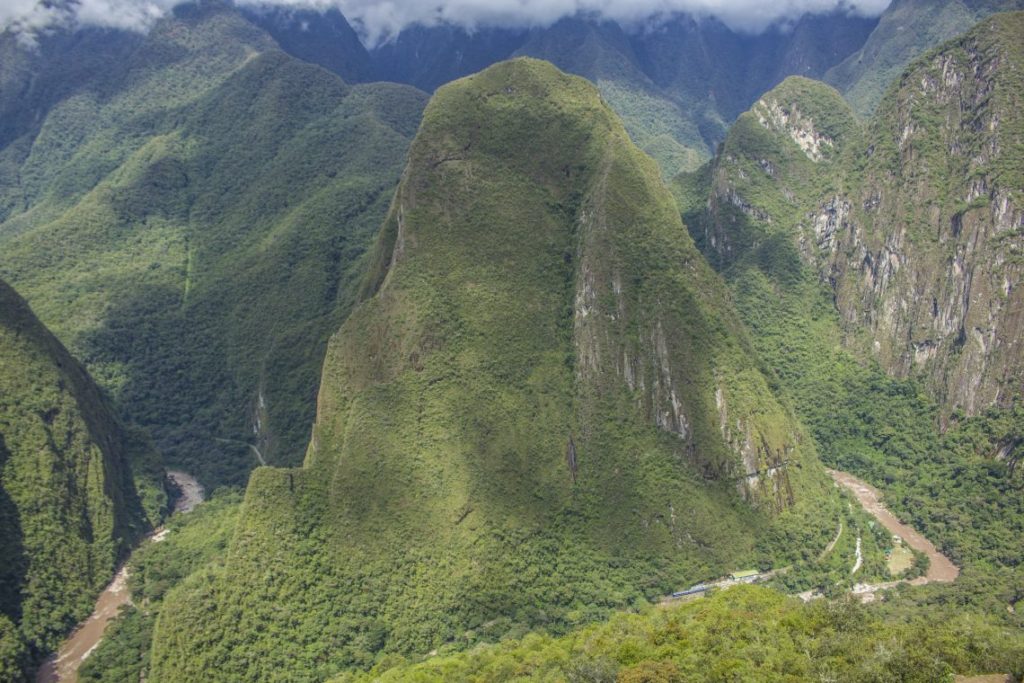
Where to stay in Machu Picchu
Aguas Calientes is a gorgeous town at the bottom of Machu Picchu. It is quite touristy, but there are still affordable accommodation options. I stayed at Terrazas del Inca which was central, had free breakfast and free wifi. No matter where you stay in Aguas Calientes you will be close to everything because it is such a small town. Definitely check out Tripadvisor or Yelp for food recommendations – the influx of tourism means there are some amazing cheap eats, bars and restaurants! I personally loved Mapacho Craft Beer & Peruvian Cuisine.
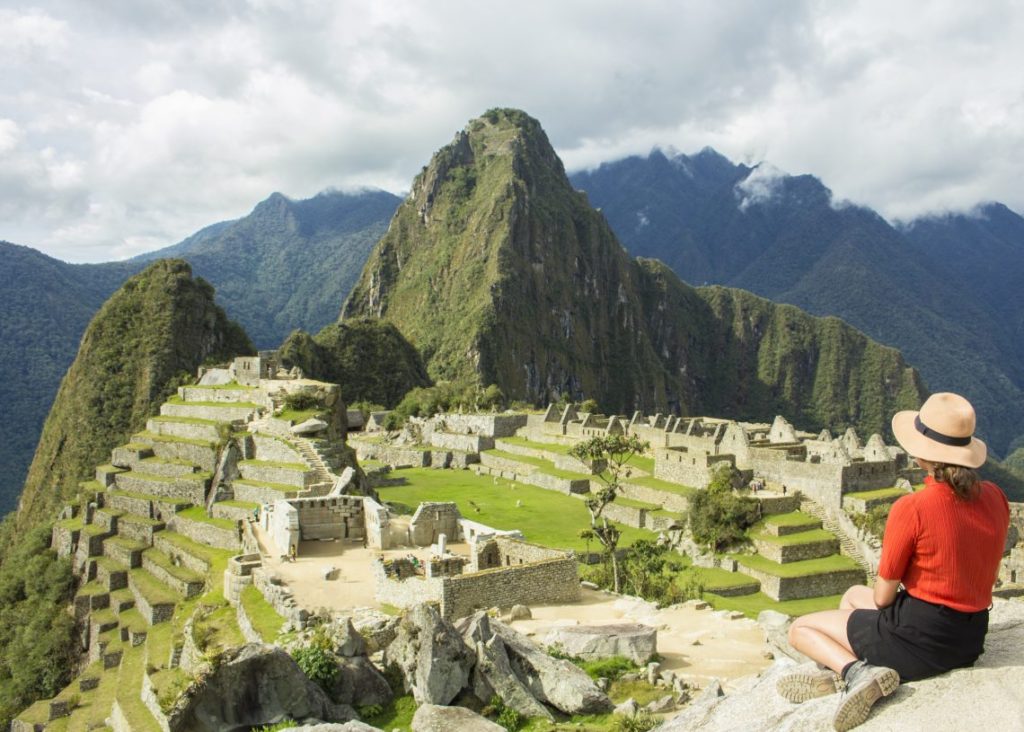
How to get the the best pictures of Machu Picchu
As I mentioned before, on arrival to Aguas Calientes we went straight up to Machu Picchu in the afternoon. We were staying the night and were planning to visit the next day, but thought we would take advantage of two visits. It was a beautiful day so we did not want to risk it raining the following morning (which it did!). As a note – we also used the second day to do a educational walking tour of the site where as our first visit was just taking it all in.
What is the best time for photography at Machu Picchu?
Part of my job is to get the best photos I can for you, my readers! So while I completely understand that for some people ‘scouting out the best photos’ is a low priority – for me it’s a passion and part of my job. So, after visiting the site twice I can tell you at sunrise all the hikers arrive so its quite busy. By 8:00 the day trippers start to enter the site so by 11:00 it’s absolutely packed. At around 13:00 you get a second influx of afternoon tours. Between 16:00- 17:00 I was one of maybe 15 others in the entire site. To witness Machu Picchu so empty was breathtaking. It was like stepping back in time. Also – I highly recommend bringing snacks, I sat for about an hour just taking it all in while eating a late lunch.
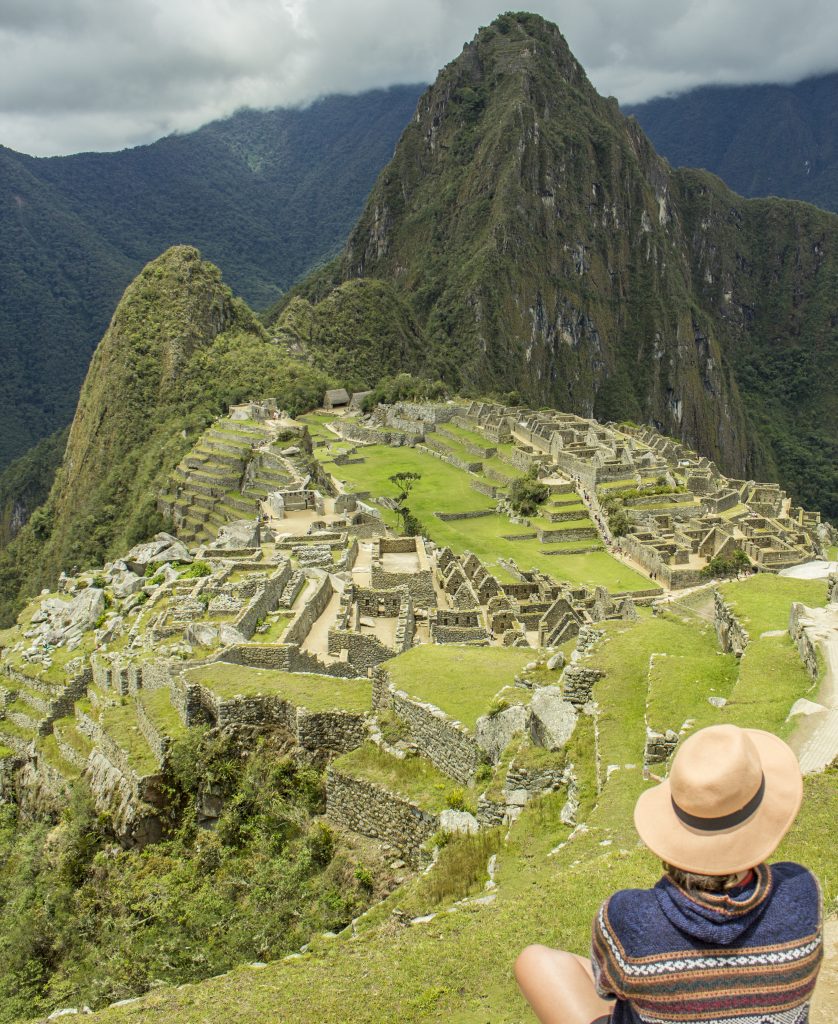
What is the best season to visit Machu Picchu?
Weather in Peru can be highly unpredictable. At such a high attitude mist and rain can partially or sometimes completely obstruct the view of Machu Picchu. Dry season is between May and October. This is when you have the least chance of rain and fog. The only downside is the huge crowds during peak season.
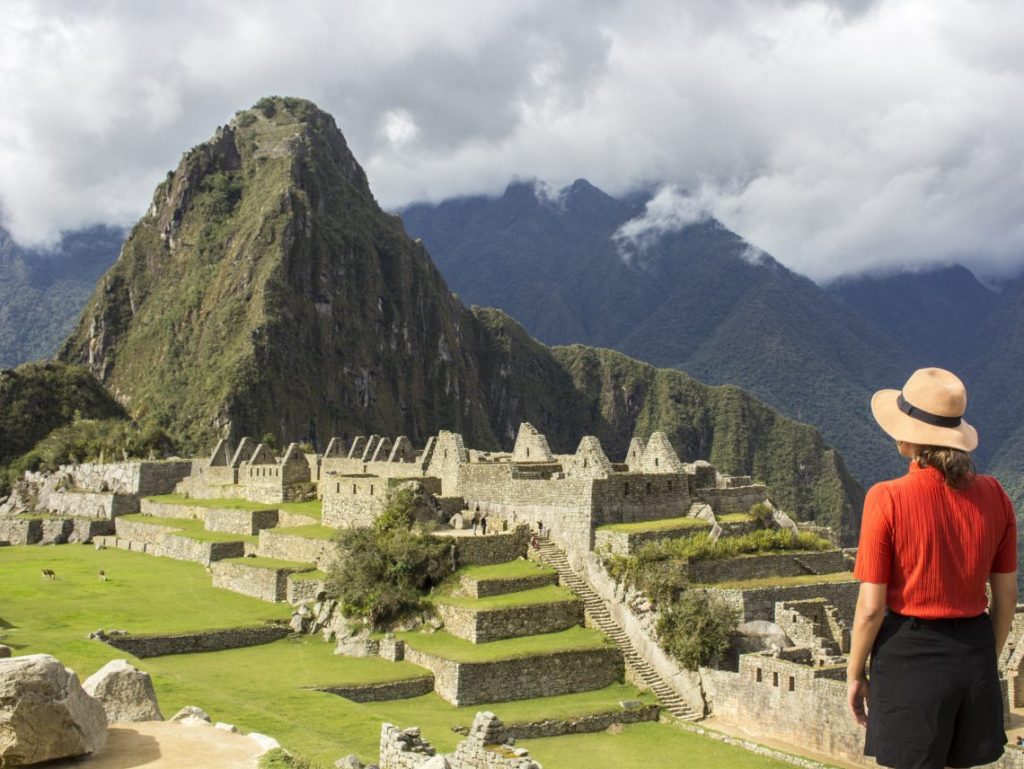
If you visit during rainy season (November – April), note that the trail is closed for maintenance during February. The hike is more difficult during this season because of mud avalanches, cold nights and heavy rain. My friends who did the trek during rainy season still absolutely loved it though. I took the risk and visited during rainy season and despite some light rain and mist on the second morning, I got two beautiful sunny days.
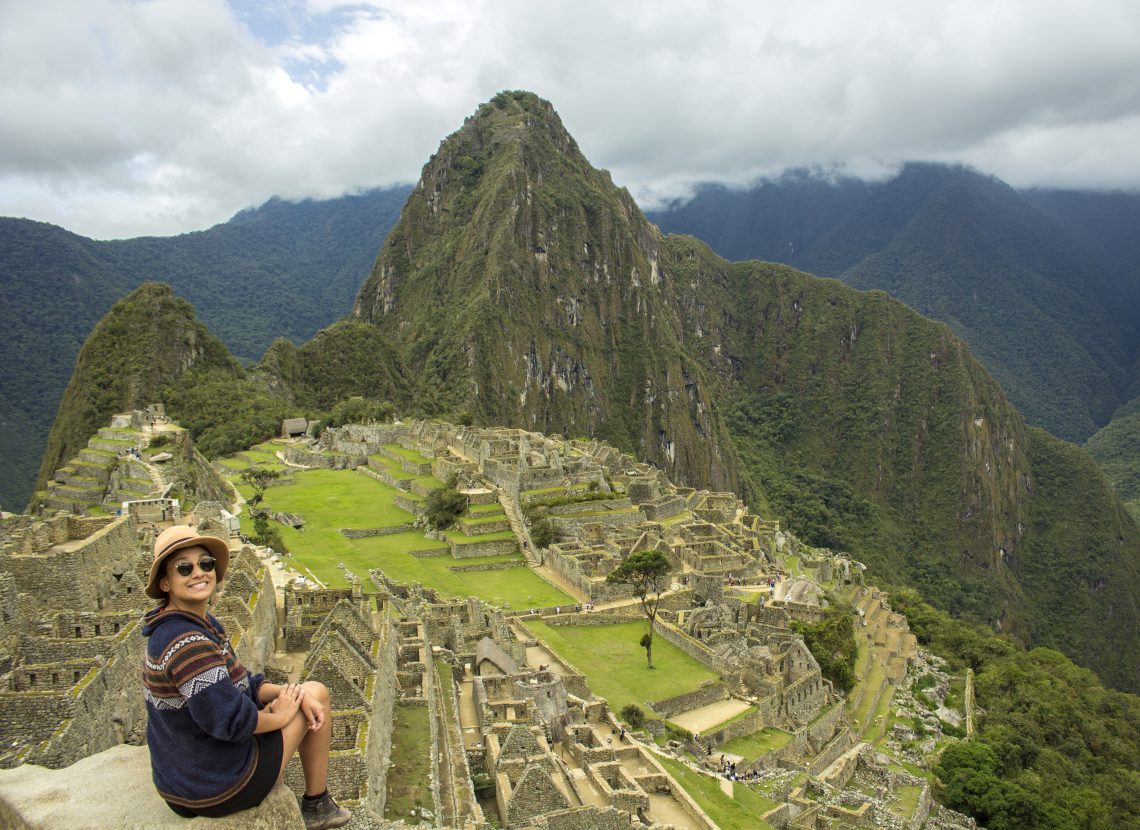
Explore the surrounding region
My biggest takeaway from the week I spent in Cusco was that visiting Machu Picchu is just the beginning in terms of what this region can offer. Cusco itself has picturesque quaint streets and a buzzing nightlife. Not to mention the stunning day trek to Rainbow mountain . . .
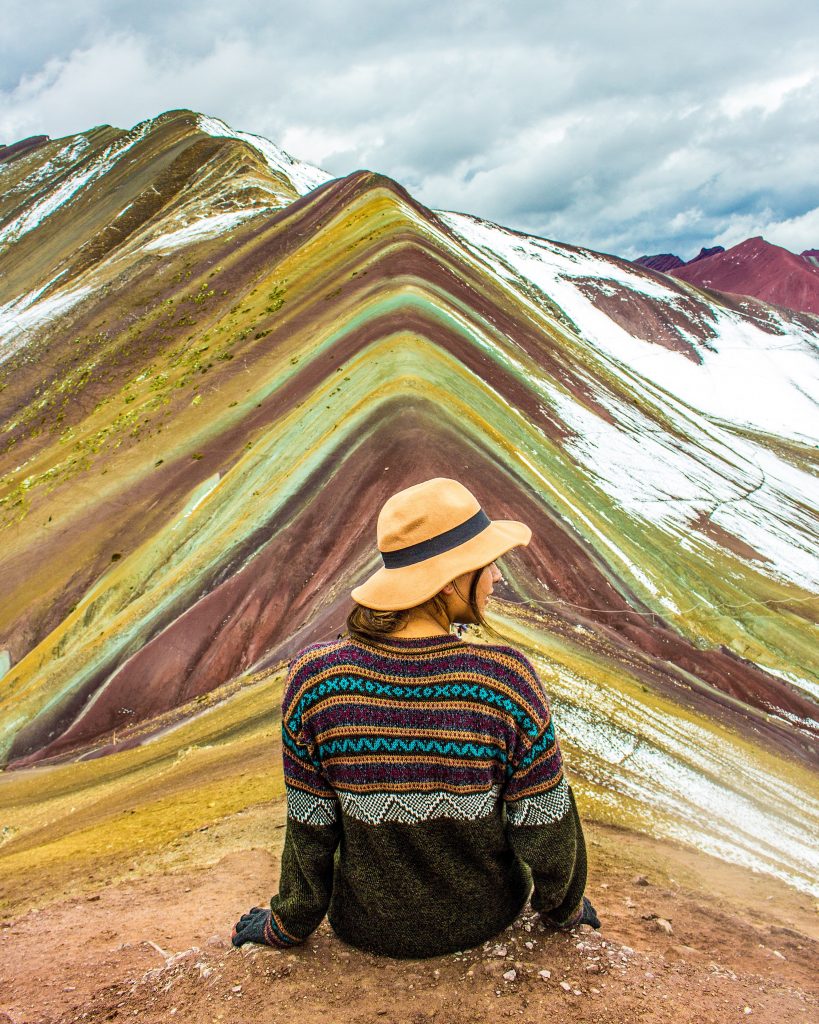
Or the unforgettable trip to the Amazon Jungle…
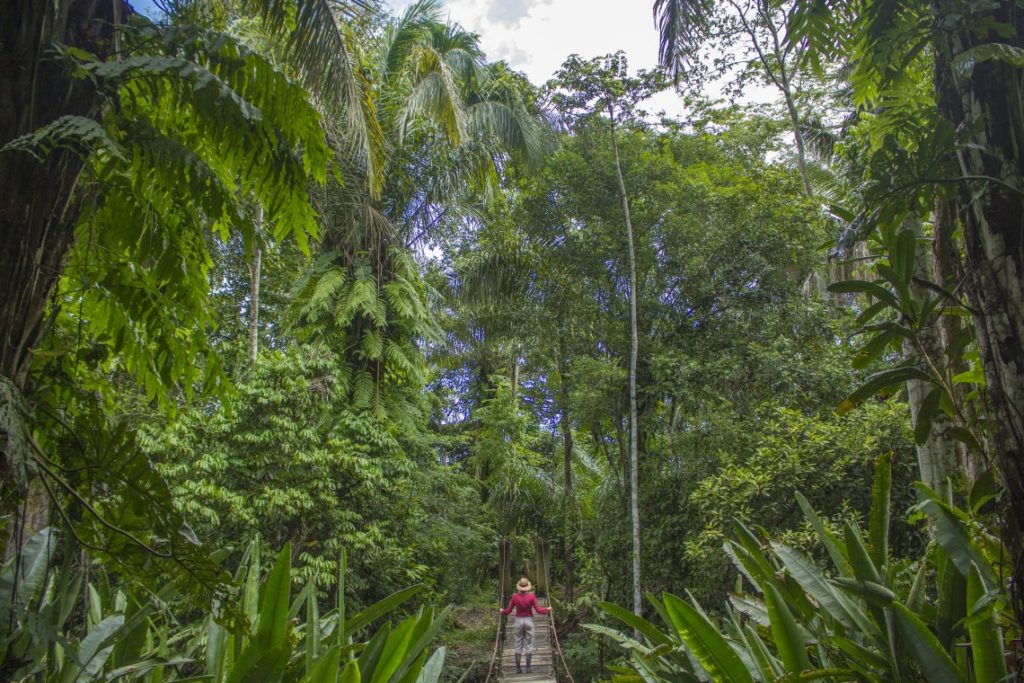
Or the beautiful Lake Titicaca…
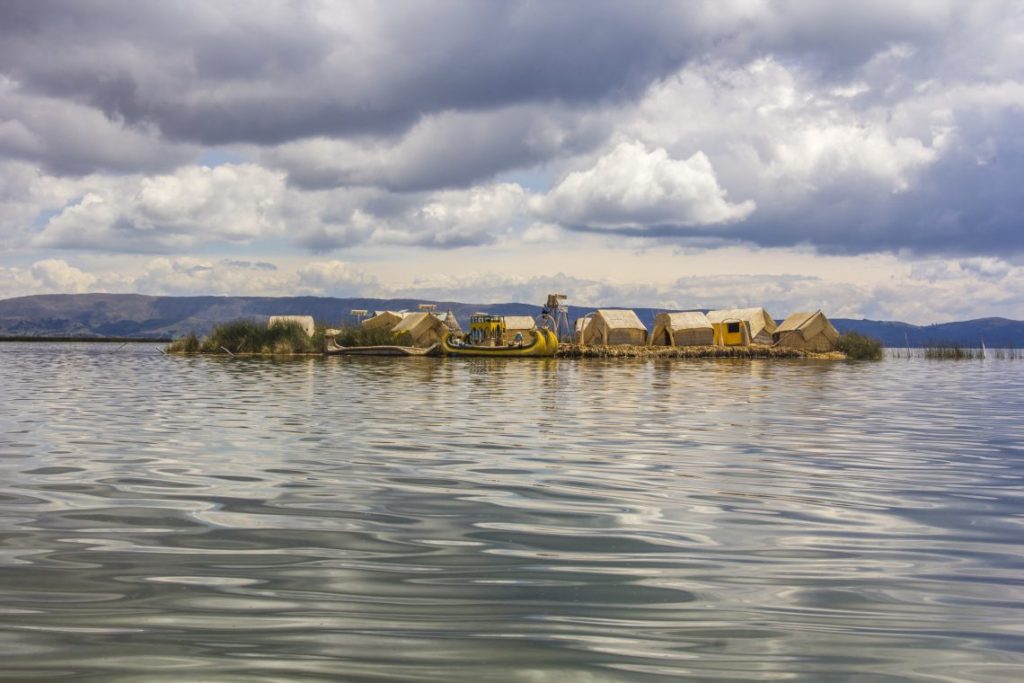
There are so many nearby sites you should definitely consider adding to your Machu Picchu itinerary!
Overall, Peru is one of my favourite countries in the world. I hope this article will help you plan your trip to Machu Picchu and hopefully also encourage you to visit more of the region while you are there!
Any questions? Feel free to comment below 🙂
